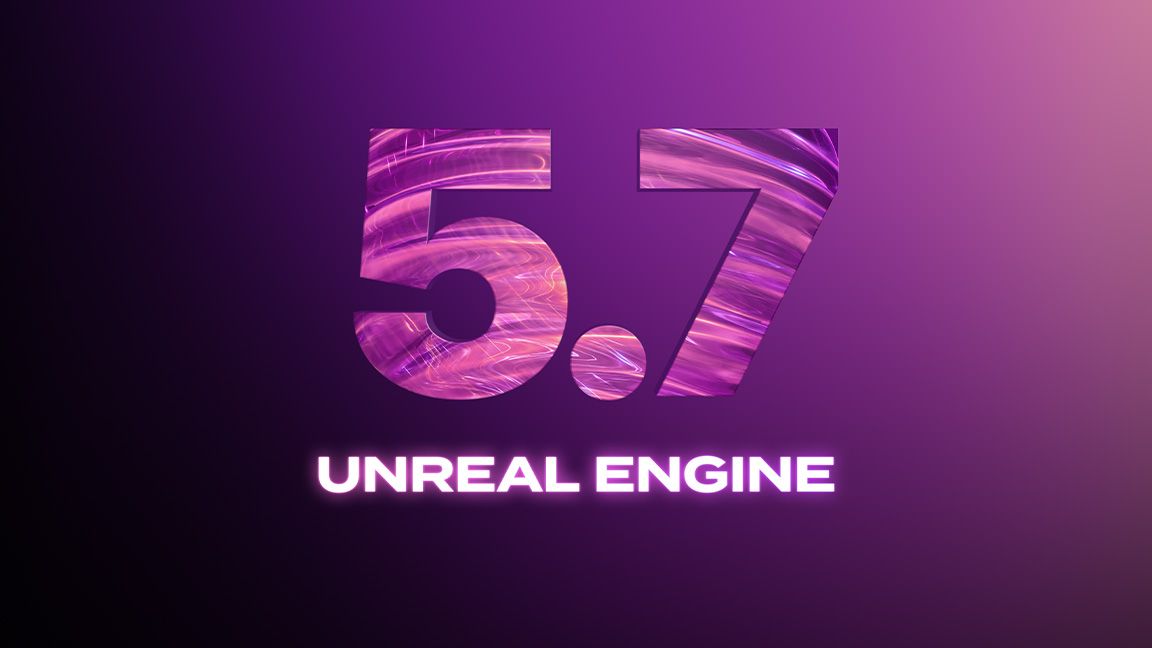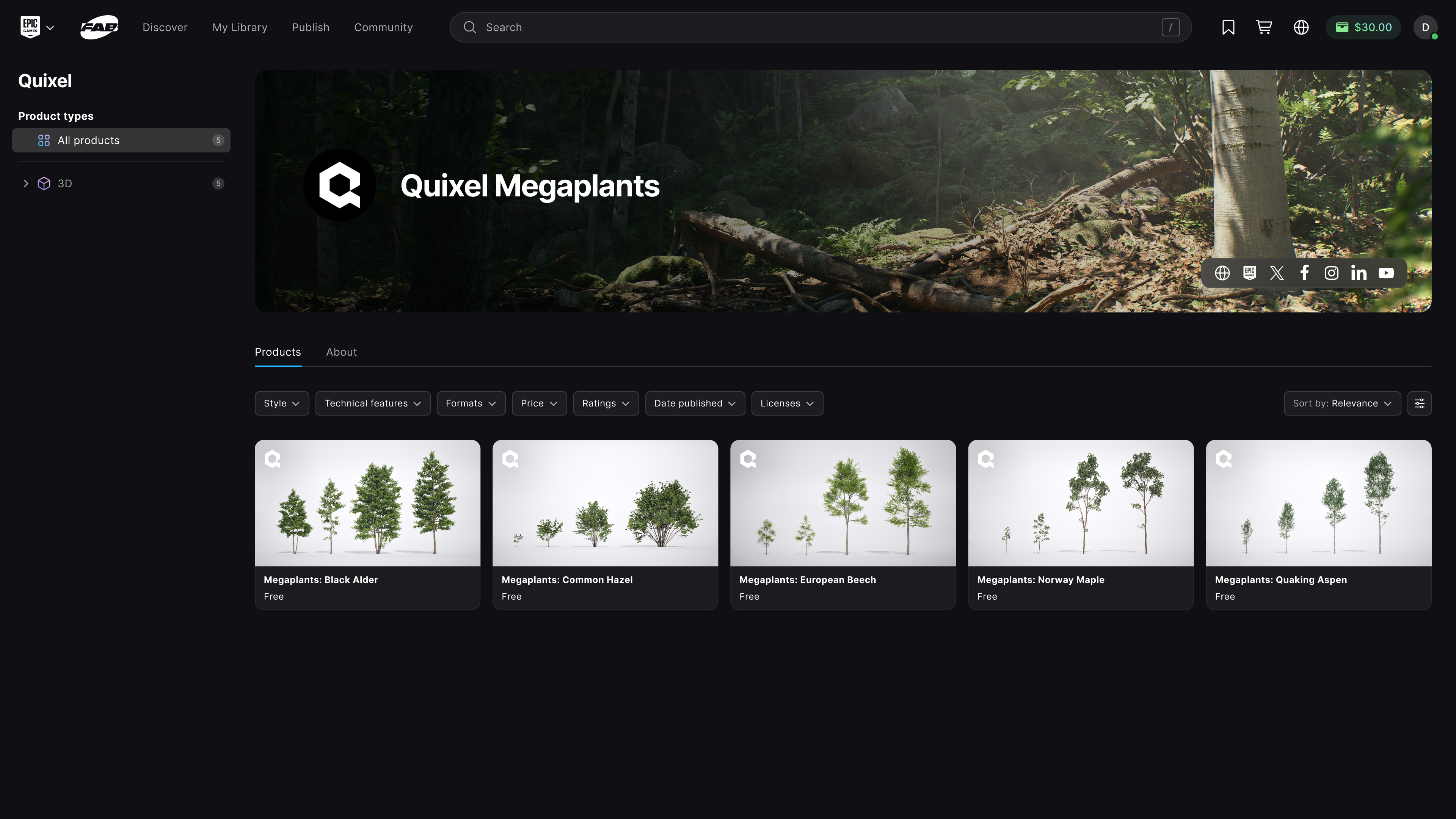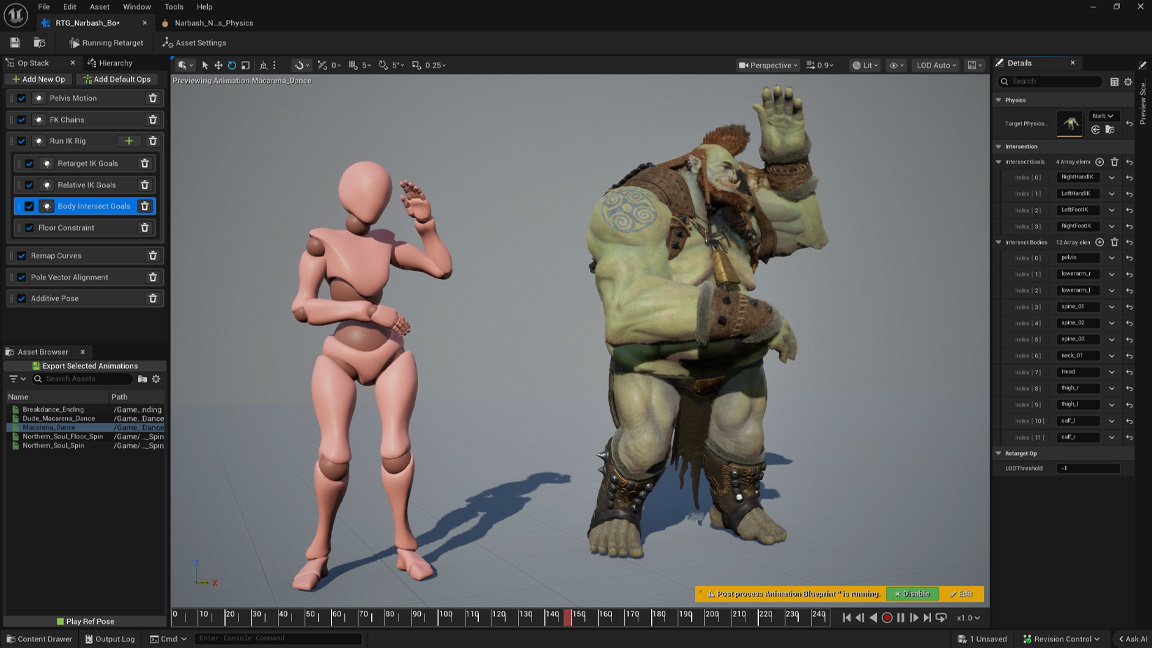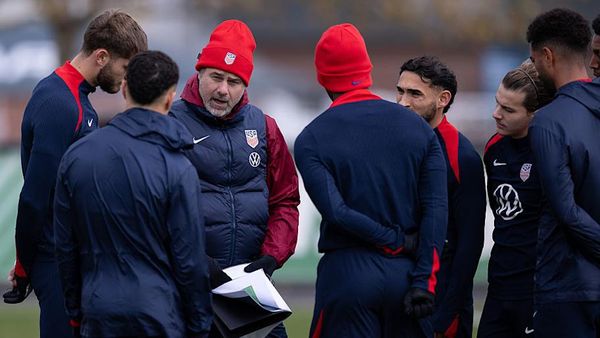
Unreal Engine 5.7 has been released, and while the new features aren't epic, they'll immediately make life easier for anyone who’s ever spent hours painstakingly placing rocks, tweaking shaders, or untangling animation graphs. If you’ve been hunting for the best game development software, this update shows why Unreal Engine still deserves a top spot: it’s all about removing friction so you can focus on the fun, creative stuff.
First up is the Procedural Content Generation (PCG) framework has graduated from lab experiment to production-ready powerhouse. Instead of manually scattering every shrub, boulder, or building fragment, PCG lets you define rules that generate variety naturally, and see the results in real time through PCG Editor Mode or the Procedural Vegetation Editor.
For environment artists, this isn’t just a time-saver; it’s a mindset shift. You can explore bolder, bigger ideas because you’re not chained to repetitive micro-tasks. Suddenly, a sprawling, believable open world doesn’t feel impossible; it feels achievable. Unreal’s PCG is a reminder of why small dev teams have adopted Unreal for building complex, large environments, and why those ambitions won't get smaller with UE 5.7.

Dense forests without the GPU tantrum
Nanite Foliage takes the same principle into nature. For years, anyone trying to populate an open-world forest has faced the same problem: either sacrifice detail or sacrifice performance. Now you can have both. Hundreds of thousands of leaves, branches, and shrubs can exist simultaneously, with smooth frame rates and convincing motion.
I saw this tech in an early form at Unreal Fest when CD Projekt Red demoed Nanite Foliage in its upcoming game, The Witcher 4. That game showed off an 'infinite forest' that felt alive, and promised your PC doesn’t stage a meltdown every time you hit play. If you’re looking for the best laptop for game development, these optimisations in Unreal Engine 5.7 mean you shouldn't need top-tier hardware just to test dense, high-detail scenes.
Substrate represents a quiet revolution in shaders. By merging multiple material behaviours, such as metal, cloth, and skin, into a single physically accurate material, it eliminates the endless trial-and-error that often makes late-night material tweaking feel like an infinite task.
Car paint layers, oiled leather, sweaty skin, the expectation is that they will all behave convincingly in UE 5.7 without hours of tedious adjustments. It’s subtle, but subtlety is powerful: the less time you spend fighting with the tools, the more time you have to shape the feel and story being told.

Less friction, more flow
Animators get small but meaningful improvements in UE 5.7: a cleaner Animation Mode, smarter IK Retargeter, and a Dependency View that helps you see how assets relate to each other. Virtual production crews get a revamped Composure system and Live Link Broadcast, turning Unreal into a live animation source for real-time shoots. If you’ve been hunting for the best animation software, these tweaks will feel like someone has finally pushed all the clutter off your desk that slows you down.
Even the new AI Assistant aligns with this ethos. It sits quietly in a slide-out panel, ready to answer questions, generate C++ snippets, or walk you through workflows. It’s not about replacing you, your workflow, or talent, but it will enable you to try new things, solve problems, and it means newcomers to Unreal can learn how things work more easily. This AI addition alone could make Unreal one of the best 3D modelling software and creative platforms available.

Small changes, big ideas
Unreal Engine 5.7 doesn't look like an update to usher in bold new tools and ideas. Instead, it quietly rearranges your workspace so you can think bigger, iterate faster, and focus on creativity instead of repetition. Procedural generation, Nanite Foliage, Substrate, and AI guidance all share the same pitch to artists: new tools to remove obstacles, give you space, and let you experiment at scale.







